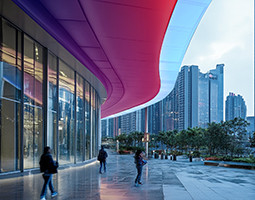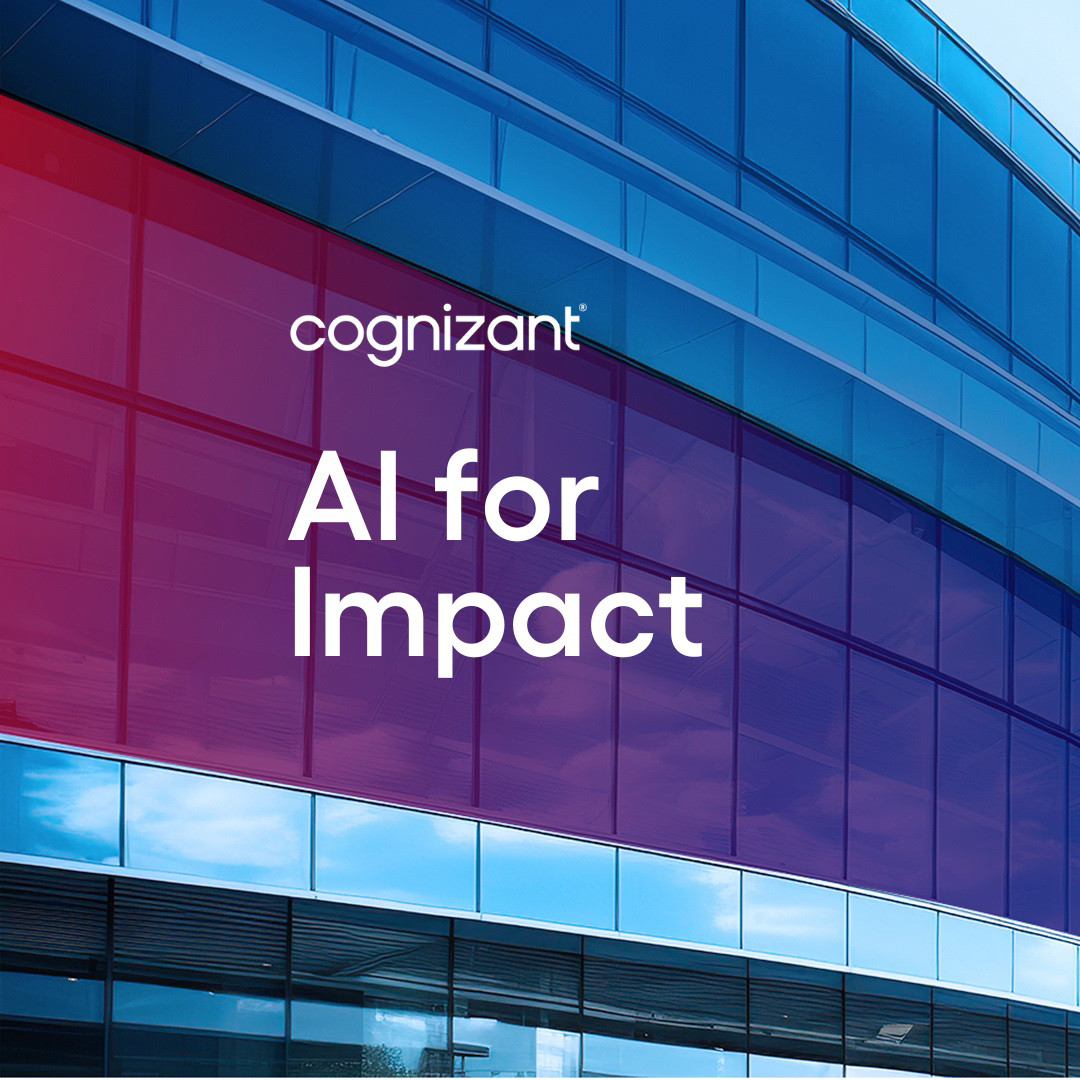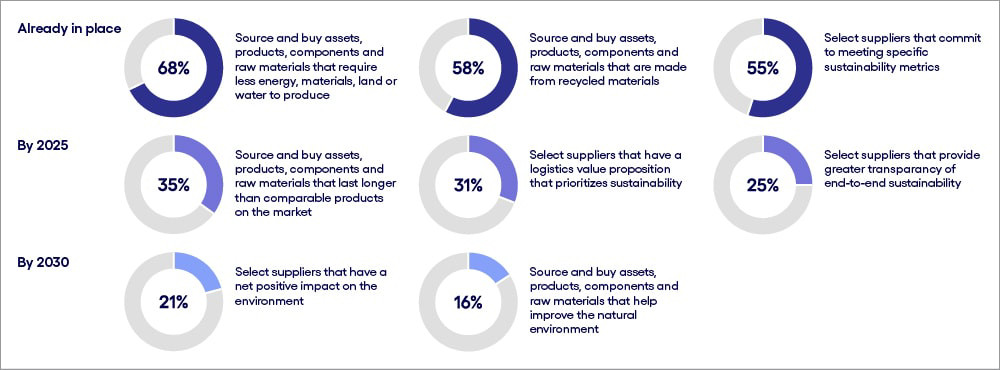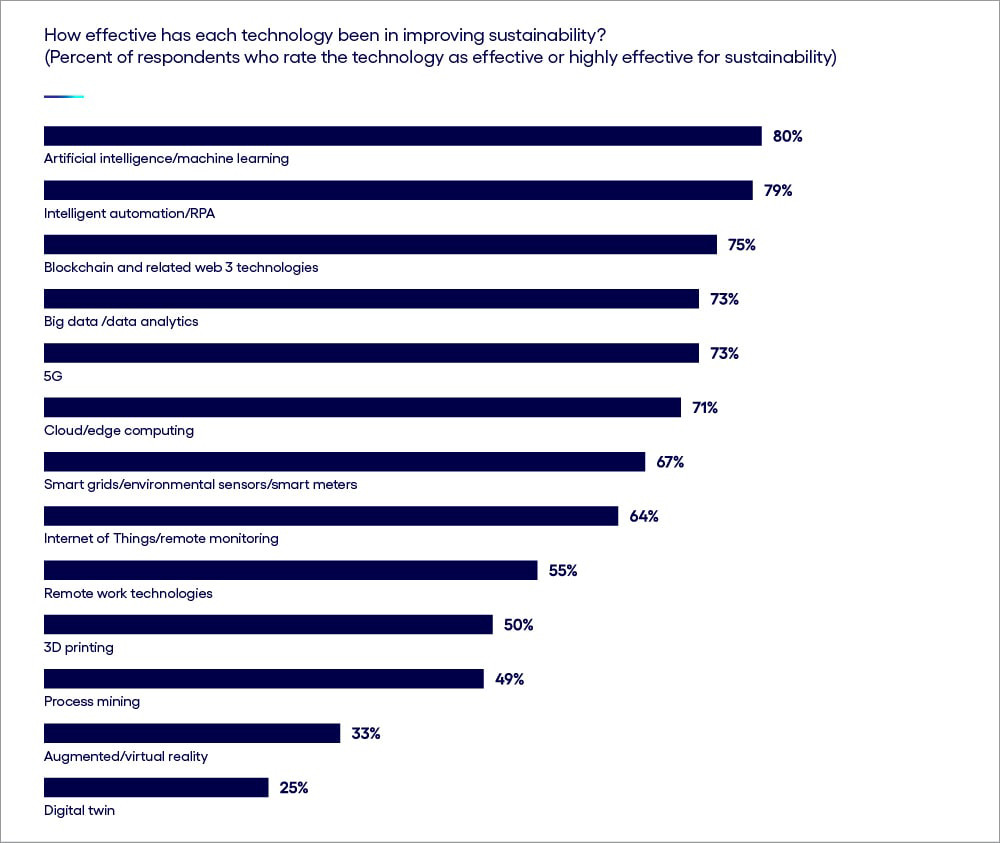To achieve a more sustainable way of doing business at scale and speed, life sciences businesses will need to move more quickly in their supply chain sustainability endeavors, according to our recent research.
For more, visit the Sustainability & Resilience section of our website or contact us.
Life sciences businesses have a two-pronged concern when it comes to sustainability. On the one hand, the health consequences of degraded environmental factors—from biodiversity loss, to fresh water access, to carbon emissions—result in a greater propensity to require medical treatments. On the other, the life sciences industry itself has a surprisingly large environmental footprint.
According to the Journal for Cleaner Production, for instance, the global pharmaceutical industry emits 55% more carbon than the automotive sector in terms of tons of CO2e emitted per million dollars of revenue.
As in other industries, the bulk of the life sciences environmental footprint is tied to the supply chain—the Scope 3 emissions they don’t influence directly. Indeed, BASF, a company that provides raw materials to the pharmaceutical industry, reports that Scope 3 emissions typically constitute over 80% of the total CO2 emissions of a typical pharmaceutical company, with around 70% of these Scope 3 emissions stemming from purchased goods and services.
So far, however, according to our recent research, life sciences companies have primarily focused their efforts on enhancing sustainability within their internal operational domains, which are considered Scope 2 emissions. Fully 41% of life sciences executives say they are focusing on their operations to a very large extent, compared with just 24% emphasizing their supply chains.
We partnered with Oxford Economics on the global study of 3,000 senior executives, including 295 in the life sciences sector. (For the full study, see “Deep Green: how data, technology and collaboration will drive the next phase of sustainability in business.”)
The study reveals the growing consensus among industry executives regarding the significance of addressing sustainability challenges. A clear majority (65%) consider environmental sustainability to be highly important in their business strategy. Nonetheless, an even greater percentage (71%) believe it will take until at least 2044 to achieve a net-zero carbon footprint, with some companies aiming for 2054.
Achieving a more sustainable way of doing business at scale and speed will require life sciences businesses to move more quickly in their supply chain sustainability endeavors.
Emphasis on internal sustainability sets solid foundations for supply chain success
The good news is, the investments made in internal sustainability endeavors will serve as a strong foundation for Scope 3 work. Take, for instance, advancements in manufacturing facilitated by more efficient power generation or production technologies. Smarter manufacturing capabilities elevate equipment utilization rates, reducing raw material waste and optimizing the efficiency of every volt of electricity consumed.
Further, the integration of digital technologies opens new avenues for driving efficiencies in alternative ways. Consider patient trials. Today’s industry leaders can deploy remote, digital and decentralized clinical modalities, diminishing the need for extensive travel to and from trial sites. In some cases, in-silico trials, where experimentation is performed entirely by computer, completely eliminate the human component, eradicating the necessity for physical visits to health facilities altogether. Additionally, remote patient monitoring solutions, such as wearables and telehealth, proves instrumental in mitigating the need for travel.
Yet, beyond these innovations, life sciences leaders are shifting their efforts to their supply chains to varying degrees. For instance, AstraZeneca, through its "Ambition Zero Carbon" plan, aims to reduce greenhouse gas emissions from its global operations by an impressive 98% by 2026. The multinational pharmaceuticals and biotech company says it is actively engaging with its entire value chain to measure and reduce Scope 3 emissions.
Moreover, by the end of 2025, 95% of its spending in Scope 3 Categories 1 and 2 and 50% of spending in Scope 3 Categories 4 and 6 will be with companies that have science-based targets.
Merck, another major pharmaceutical player, focuses on robust measures for Scope 1 and 2 emissions but adopts a more measured approach to Scope 3. The company’s goals include achieving climate neutrality by 2040, halving Scope 1 and 2 emissions and pledging to lower Scope 3 emissions by 52% per euro value-added. Similarly, Novartis plans to achieve carbon neutrality in Scope 1 and 2 by 2025 and across the supply chain by 2030.
Three waves of supply chain sustainability
In our study, we identified seven key activities that life sciences businesses should undertake to improve the environmental sustainability of their supply chains (see Figure 1). By analyzing the timeframes in which respondents plan to address these key areas, we can start to see a roadmap emerging for how organizations will work to reduce their Scope 3 environmental impacts.
Increased data intensity in supply chain sustainability endeavors
Q: When did you start, or do you plan to start, implementing the following initiatives relating to improving the environmental sustainability of your supply chain?















